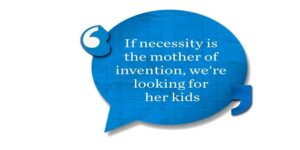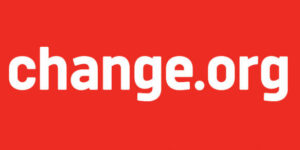Four Essential Best Practices for HR in 2016
Welcome to 2016! Although it’s already March, it’s not too late to cover a few best practices for human resources professionals, as well as how
Welcome to 2016! Although it’s already March, it’s not too late to cover a few best practices for human resources professionals, as well as how
Would it be surprising to know that in many cases the determination to hire someone happens within five minutes of meeting them? What happens when

After years of working closely with leaders in every kind of organization, Ted Coine opens up about a missing piece in the leadership toolkit.

What does it take to meet top tech talent on today’s terms? Kevin Grossman weighs in after Dice exchanges insights with the #TChat crowd

What does it take to develop a great corporate culture? China Gorman shares ideas as she prepares to announce the 2014 “Best Companies To Work For” List

Behavioral interviewing is all the rage, but many recruiters don’t use this opportunity to its fullest advantage. Try these tips for better results

What does it take to be a leader others actually want to follow? Here are 5 ways any aspiring leader can move in the right direction

Looking to strengthen your pool of qualified talent? Try these tips to cast a broader net

There’s something fundamentally broken with the way employers treat potential employees. Change is long overdue. Let’s fix this…

In an age of HR specialization, how can one-person departments succeed? Suggestions from the #TChat crowd…

At most companies with 150 employees or less, HR managers fly solo. How can they be more effective and efficient in that role? Let’s discuss…

“Best practices” are great. Unless they’re not. Here are six recruiting practices that aren’t helping the hiring process. It’s time to let go…

Every company has a distinctive organizational culture and “hiring culture.” To improve the impact of your hiring culture, focus on 3 essential elements…

These days, the talent hunt process isn’t easy for either side of the hiring equation. What can employers do to recruit more effectively — and also win points for their brand?

What do some of the world’s most respected companies do to recognize employee performance — and why? Take a quick tour and get inspired!

Is your organization facing barriers that stand in the way of employee engagement? Try these tips to overcome 6 key obstacles. (Includes infographic.)
Editor’s Note: Dave Ryan is one of the most dedicated #TChat members. Every week, as the tweets fly by and the twitter stream becomes ever
Does technology emerge to fill a business need – say, serving customers better – or is technical innovation driven largely by cost pressures? Does a completely
Visit www.talentculture.com for more great information on #TChat, as well as other great resources on careers and hiring. The TalentCulture blogging community supports #TChat’s mission of sharing “ideas to help your business and your career accelerate — the right people, the right ideas, at the right time.”